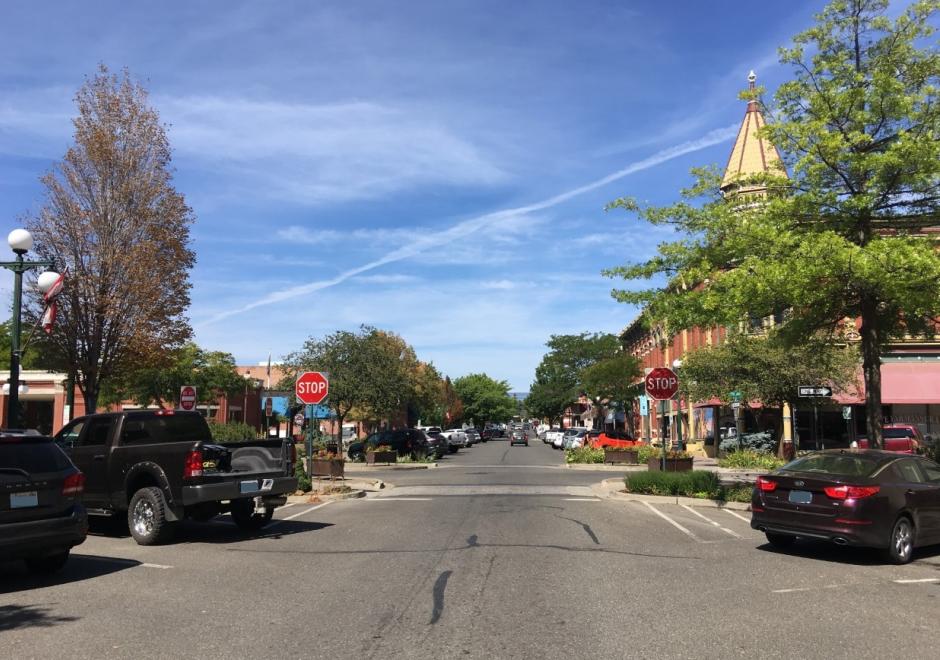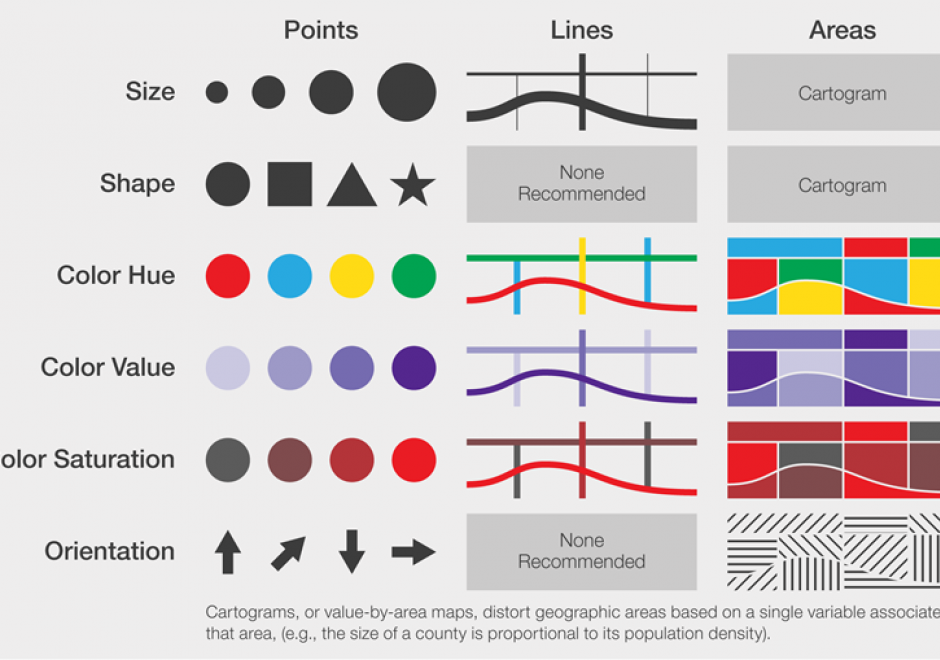KE-03 - Strategic Planning for GIS Design

Geographic Information Systems (GIS) are pervasive and have become an essential feature in many professional disciplines. Prior to adoption, implementation or use of any GIS, a system must be properly designed to meet its organizational goals, and this requires comprehensive strategic planning to take place ahead of the design. In this article, we discuss methods for strategic planning in GIS design, drawing from literature in Information Systems and GIS research and practice, and business management. We present a four-step approach toward planning for GIS design that will ensure the system is well-suited to further an organization’s long-term functions, applications, and users’ needs.





DC-13 - Stereoscopy and orthoimagery